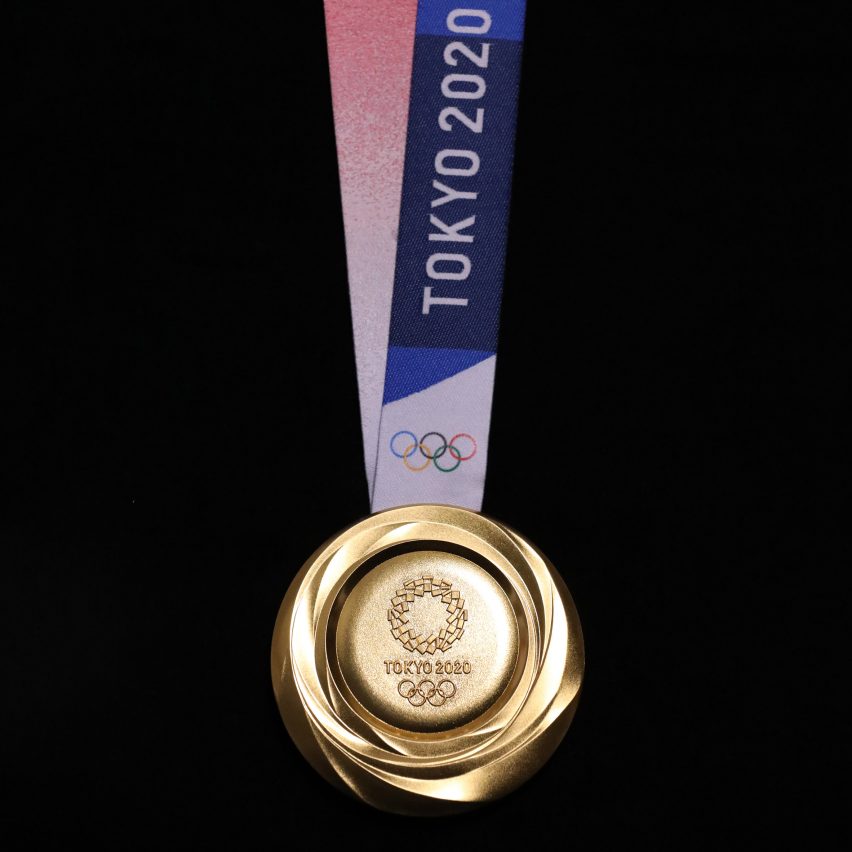
Reflective, ribbon-like rings form a border around the Tokyo 2020 Olympic and Paralympic medals by Junichi Kawanishi, which are made from old electronic devices donated by the public.
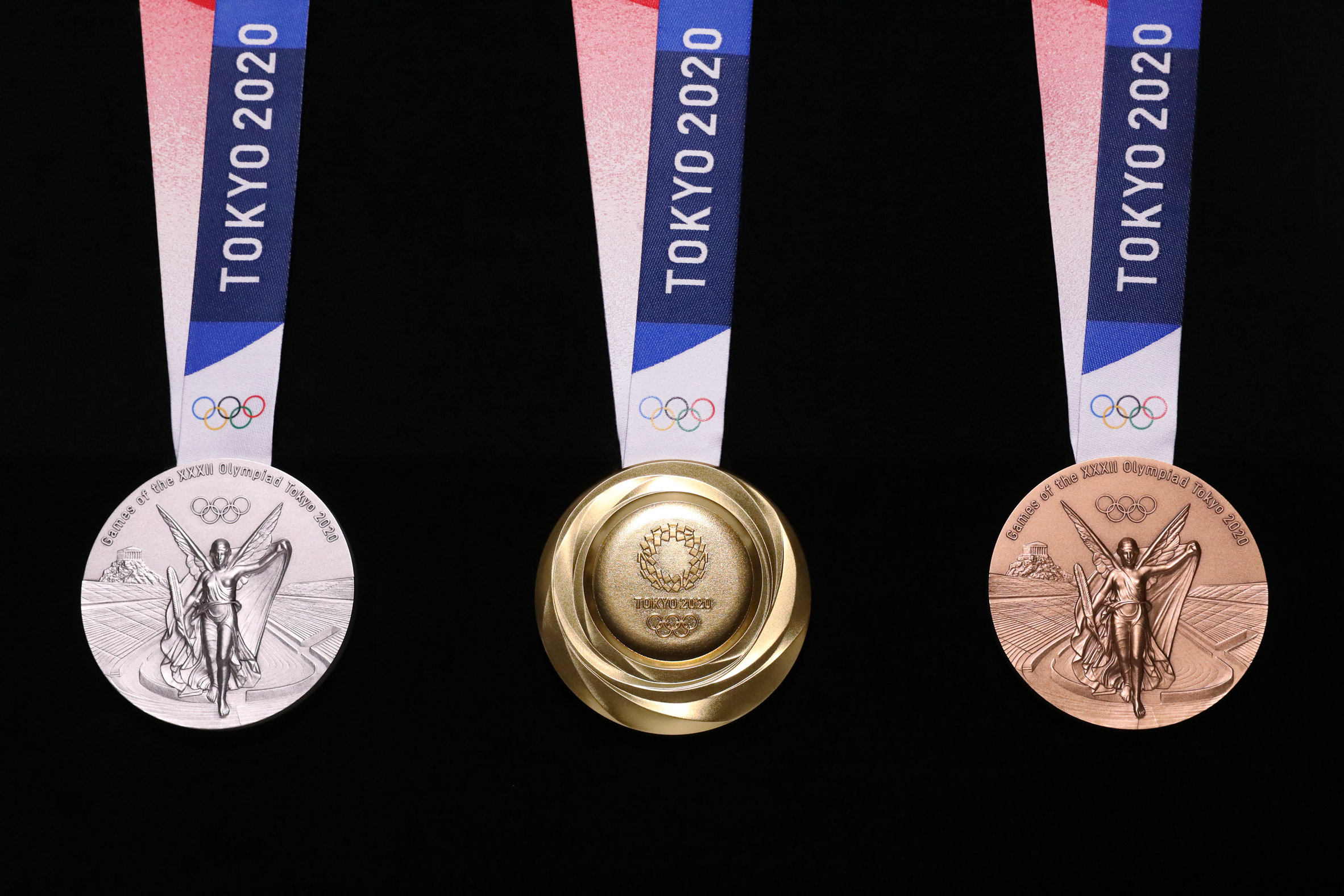
With one year to go until the 2020 Olympics begin, the organising committee of the Olympic and Paralympic Games has unveiled the designs for the winning athletes' bronze, silver and gold medals and their cases.
The medals were created by Japanese designer Junichi Kawanishi following an open competition.
As rumoured back in 2017, the Tokyo 2020 Olympic medals will be manufactured using the precious metal extracted from mobile phones and other small electronic devices donated by the public.
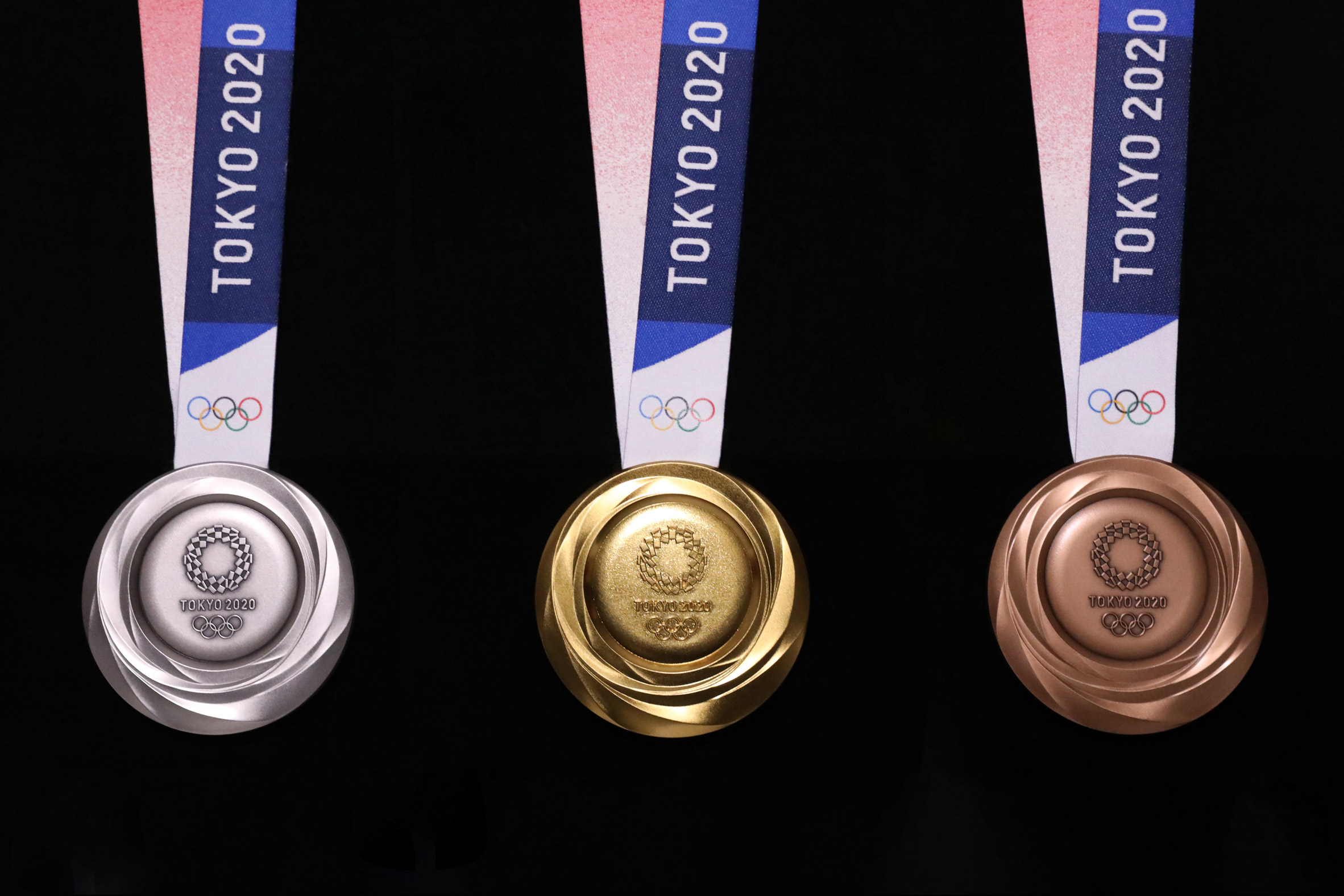
All 5,000 Tokyo 2020 medals have been manufactured from recycled smartphones and small electronic devices that were donated by the public between April 2017 and March 2019.
More than 78,985 tonnes of used mobile phones and other gadgets were collected by municipal authorities, with a total of 6.21 million used mobile phones handed in at collection centres.
Altogether these yielded 32 kilograms (kg) of gold, 3,500 kg of silver and 2,200 kg of bronze.
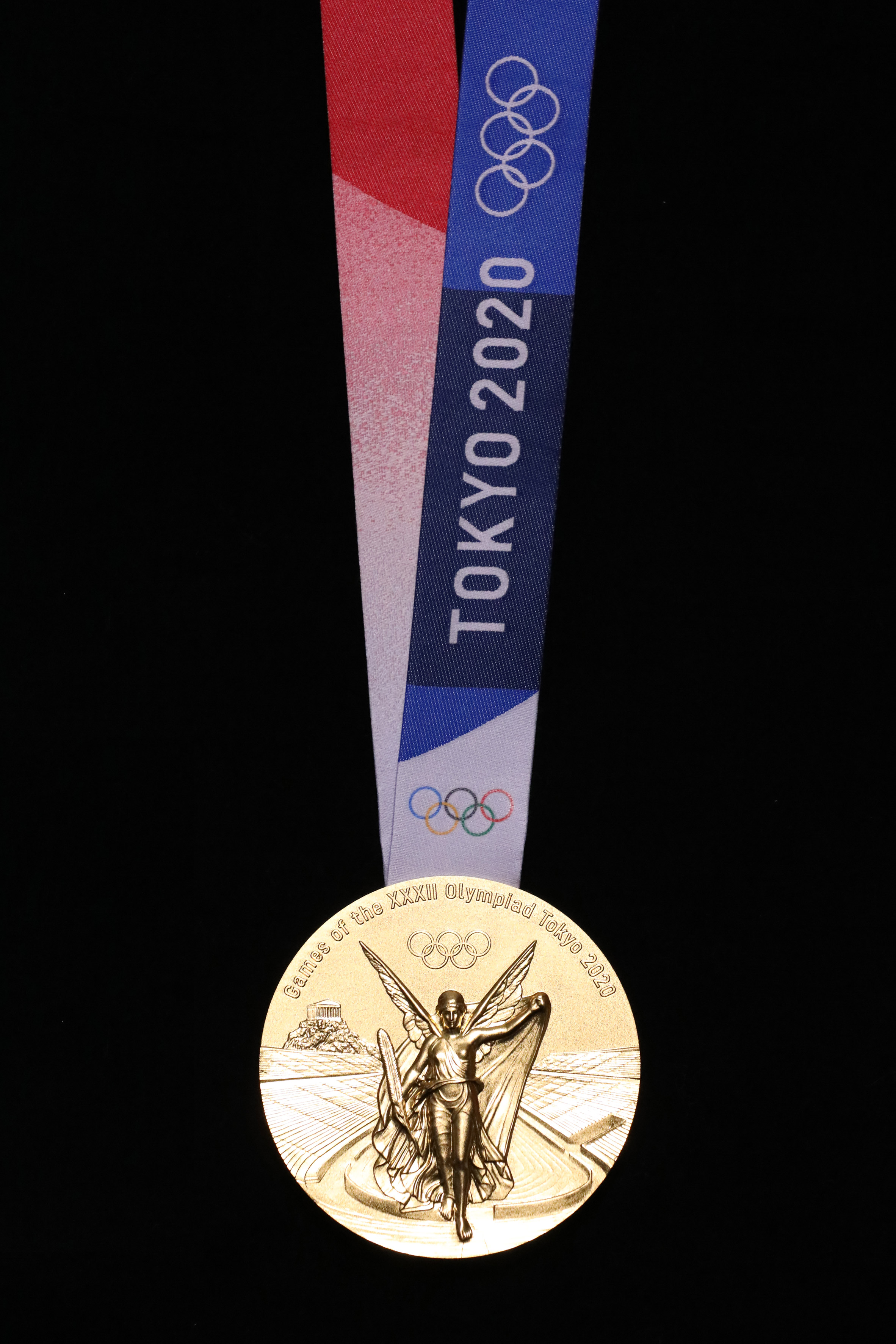
As per tradition, the medals are fronted with Nike – the Greek goddess of victory – standing in front of the Panathinaikos Stadium.
The reverse side features a chiselled, choppy design around the medal's circumference, which encircles a raised, pebble-like centre. This is engraved with the chequered Tokyo 2020 "ichimatsu moyo" emblem and the Olympic five rings symbol.
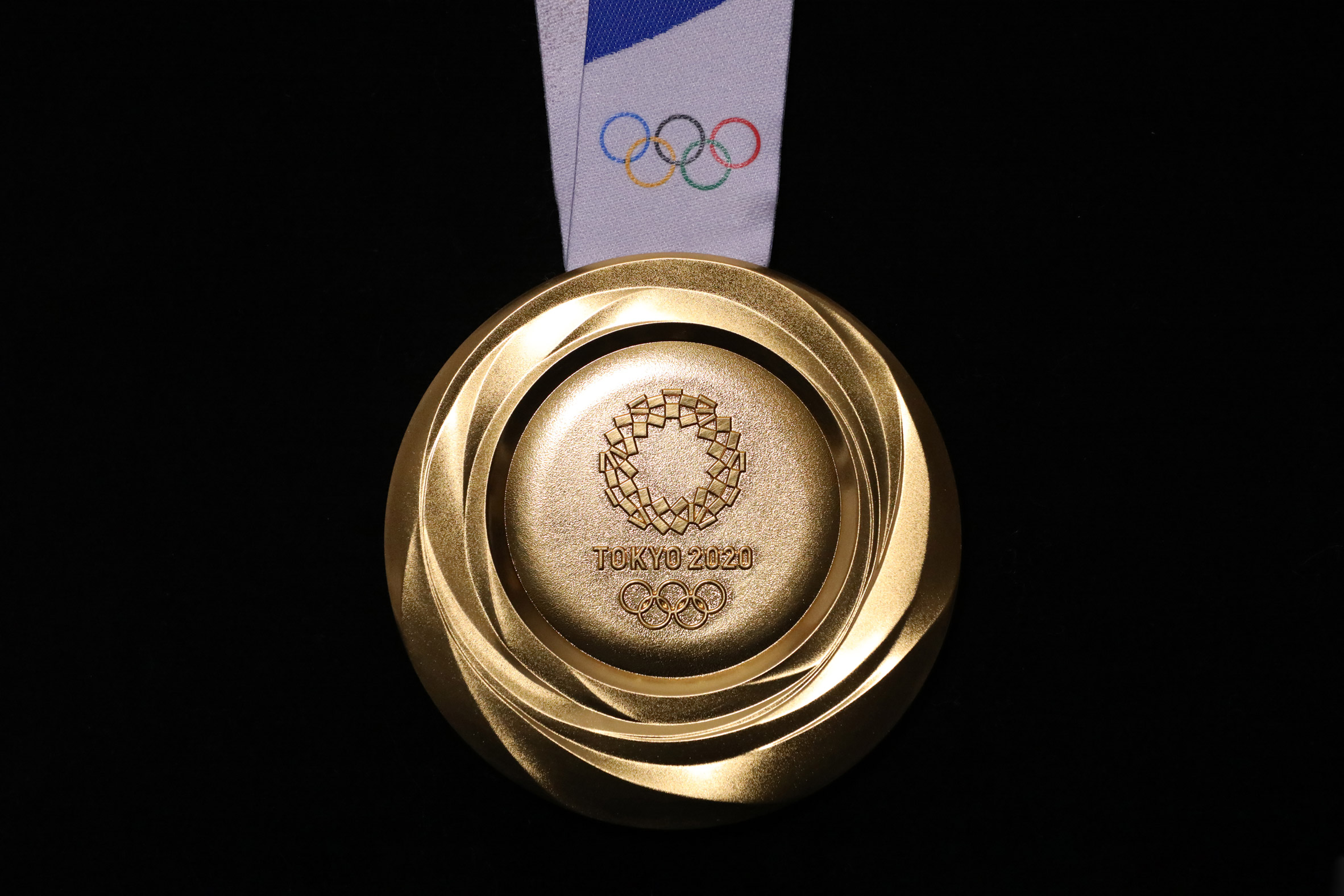
Each medal measures 85 millimetres (mm) in diameter, 7.7mm at their thinnest part and 12.1mm at their thickest.
Kawanishi's proposal was selected as part of a competition that drew entries from more than 400 professional designers and design students.
"It is a great honour that my design was selected for the Tokyo 2020 Olympic Medal," said Kawanishi. "I never dreamed that the design I submitted only as a memorial to this lifetime event would be actually selected."
"With their shining rings, I hope the medals will be seen as paying tribute to the athletes' efforts, reflecting their glory, and symbolising friendship," he added.
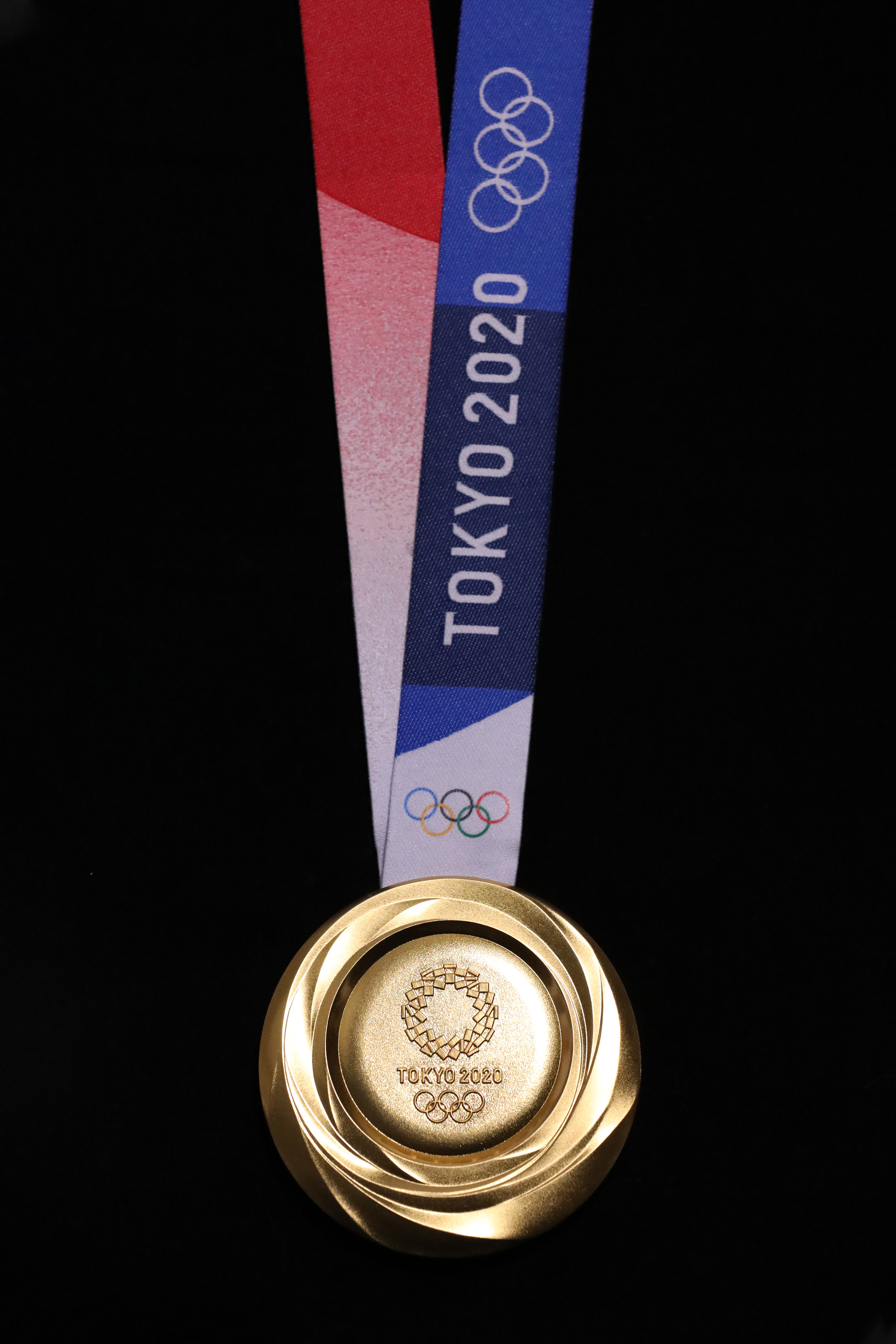
Kawanishi designed the medals to resemble rough stones that have been newly polished, and now "shine with light and brilliance".
Set at varied angles, each layer in the medal's choppy outer composition reflects light differently, to symbolise the energy and commitment of the athletes and their supporters.
According to the designer, the bright reflections also signify the "warm glow of friendship".
Kawanishi wanted the medals to symbolise diversity, and to represent the concept that in order to achieve glory, athletes have to strive for victory on a daily basis.
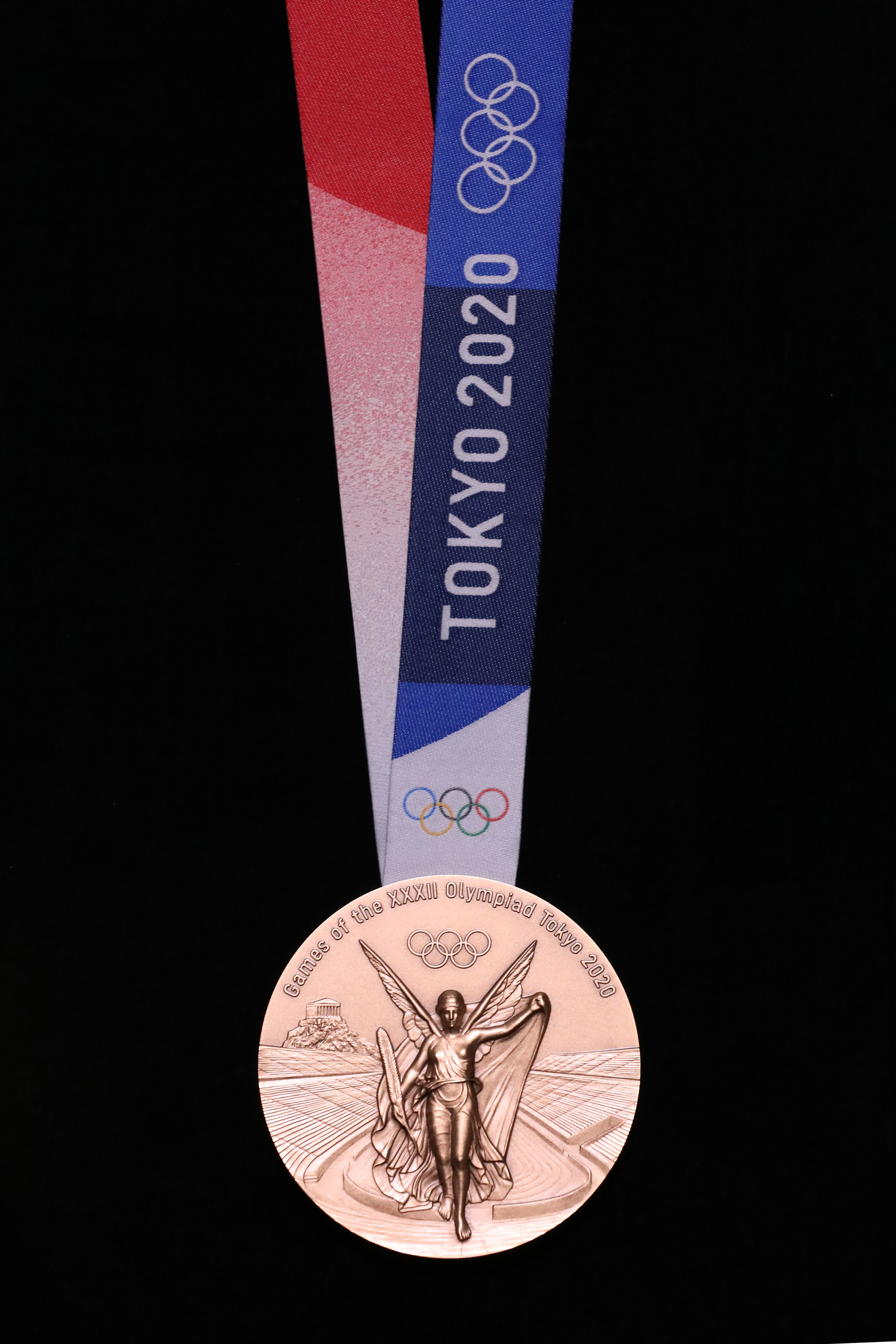
The medal ribbons feature modern takes on traditional Japanese design motifs, such as the chequered "ichimatsu moyo" pattern also seen in the Tokyo 2020 emblem, and the "kasane no irome" layering technique used for kimonos.
Each one was made from chemically recycled polyester fibres, which produce less CO2 than other polyester materials during their manufacturing process, and coloured with the Tokyo 2020 core graphic palette.
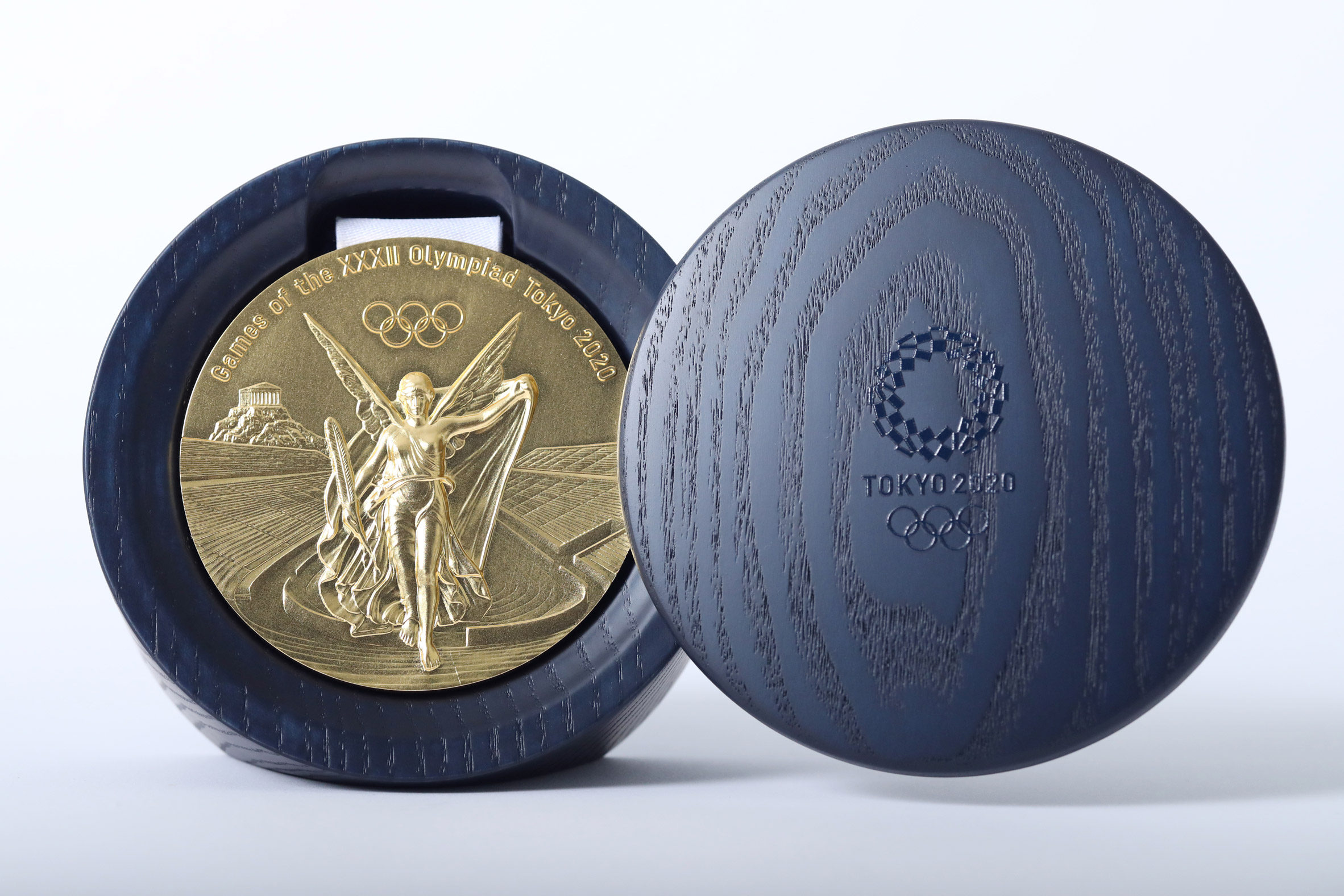
Silicone convex lines are applied on the surface of the ribbon so that anyone can recognise the type of medal (gold, silver or bronze) by simply touching it.
According to Kawanishi, the ribbon is designed to be a reflection of Japan itself, and the way the country demonstrates "unity in diversity".
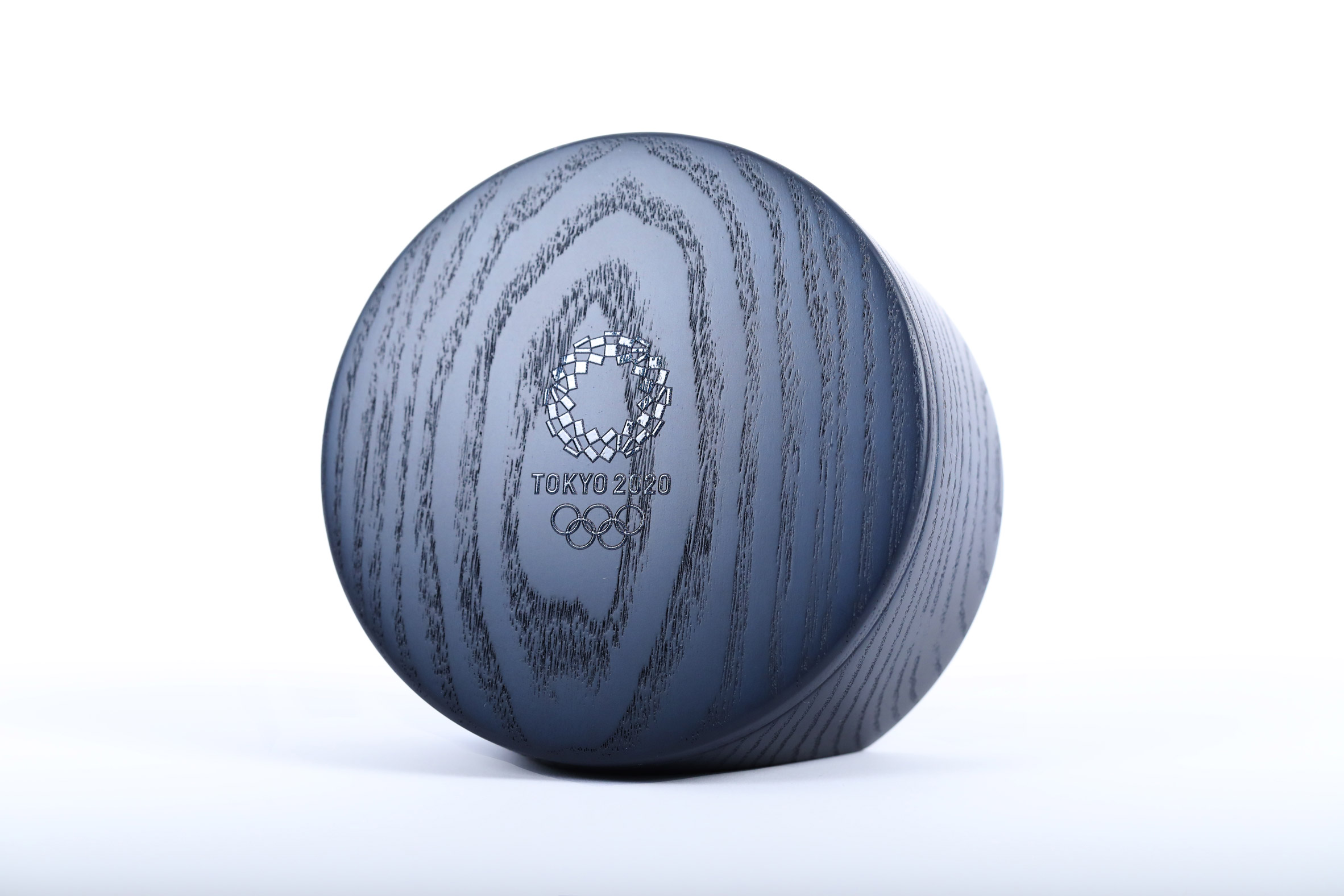
Manufactured from dyed Japanese ash wood, the medal cases have been handmade by Japanese craftsmen using a blend of traditional and modern techniques, granting each one a distinct pattern.
"The cases themselves are a reflection of the dedicated craftsmen and the attention to detail that goes into each piece and, like the athletes who will receive the medals, each one is unique," explained the organisers.
The design for the 2020 Olympic torch was also revealed earlier this year – designed by Tokujin Yoshioka to resemble a Sakura cherry blossom – the traditional flower of Japan.
The post Olympic committee unveils 2020 medals made from recycled smartphones appeared first on Dezeen.
https://ift.tt/2OjEXLn
twitter.com/3novicesindia
No comments:
Post a Comment